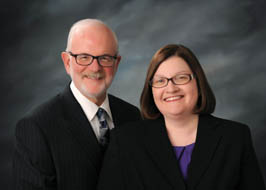The bankruptcy means test gets a little nicer to Kansas consumer debtors on March 15, 2011, when new, higher median family income figures go into effect. Kansas families will be allowed to have more gross income to pass the bankruptcy means test on the first round of analysis.
The median family income is used as the first step in determining whether or not a consumer may file a chapter 7 bankruptcy. If the person’s median family income is below the average income for his state, then he qualifies to be in a chapter 7 without having to do any further analysis of his financial situation. In Chapter 13 bankruptcy, the median family income is used as the first step in determining how much, if any, unsecured debt without priority has to be paid back. Many debtors pay little or no unsecured debt in their chapter 13 repayment plans. They use chapter 13 as a tool to adjust their debt and manage their financial difficulties in an affordable fashion.
Here are the new means test figures for Kansas bankruptcy cases by household size:
1Â $41,654 (up $672)
2Â $57,174 (up $923)
3Â $64,863 (up $1047)
4Â $69,272 (up $1118)
5Â Â $76,772 (up $1118)
6Â Â $84,272 (up $1118)
add $7500 for each additional person.
These figures are to be used for bankruptcy cases filed on or after March 15, 2011.

